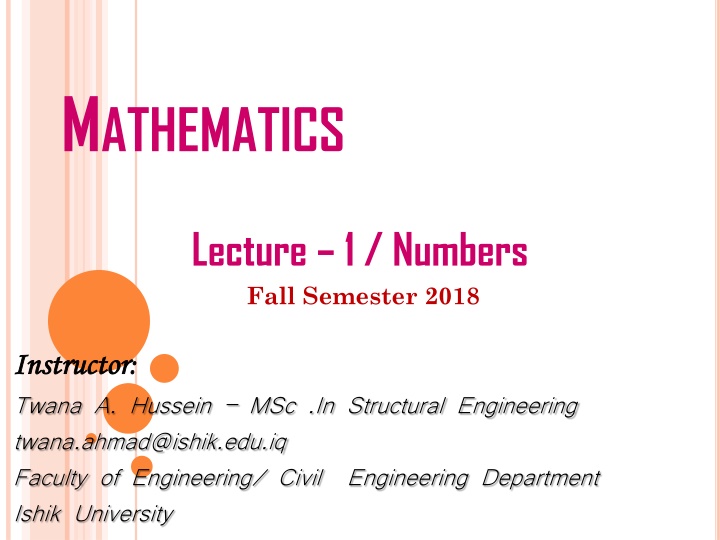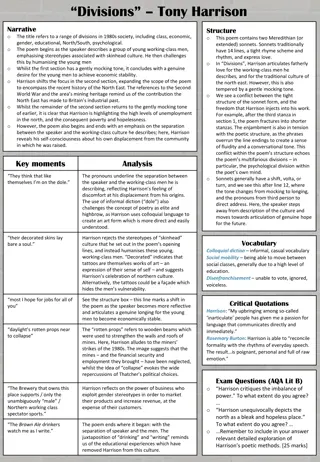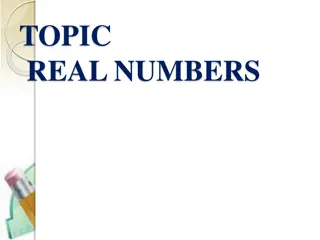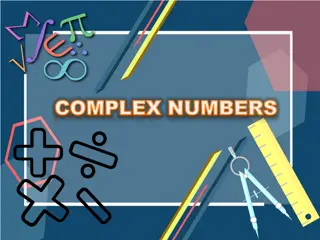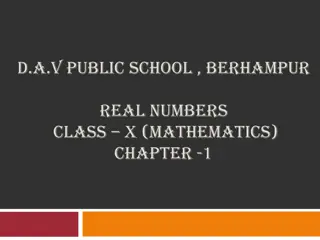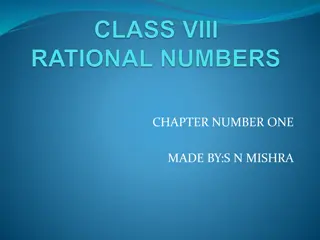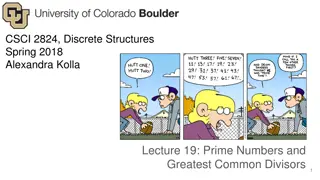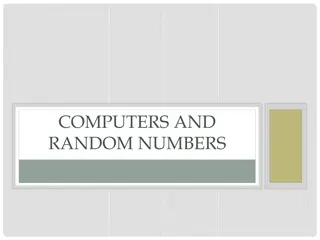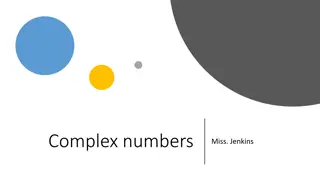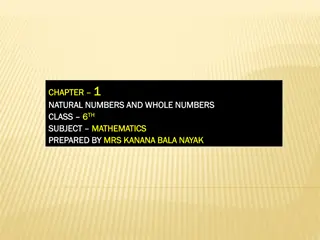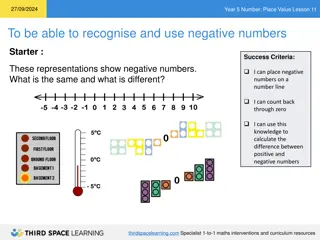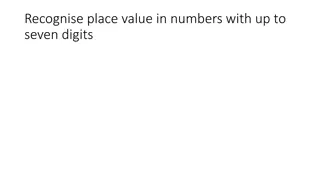Ishik University: Types of Numbers and their Divisions
Dive into the world of numbers with Ishik University's exploration of real, imaginary, rational, and irrational numbers. Understand the distinctions between natural, whole, integer, rational, and irrational numbers, including examples and criteria that define them. Discover the essence of real numbers found on the number line, and unravel the complexities of fractional and decimal numbers. Delve deeper into the realm of mathematics through this comprehensive study of numerical classifications at Ishik University.
Download Presentation

Please find below an Image/Link to download the presentation.
The content on the website is provided AS IS for your information and personal use only. It may not be sold, licensed, or shared on other websites without obtaining consent from the author.If you encounter any issues during the download, it is possible that the publisher has removed the file from their server.
You are allowed to download the files provided on this website for personal or commercial use, subject to the condition that they are used lawfully. All files are the property of their respective owners.
The content on the website is provided AS IS for your information and personal use only. It may not be sold, licensed, or shared on other websites without obtaining consent from the author.
E N D
Presentation Transcript
MATHEMATICS Lecture 1 / Numbers Fall Semester 2018 Instructor Instructor: : Twana A. Hussein MSc .In Structural Engineering twana.ahmad@ishik.edu.iq Faculty of Engineering/ Civil Engineering Department Ishik University
Ishik University NUMBERS Outline of Numbers 1. Real Numbers 2. Imaginary Numbers 3. Rational Numbers 4. Irrational Numbers 5. Natural Numbers 6. Whole Numbers 7. Integers
Ishik University NUMBERS What are the types of numbers? There are two main branches of numbers: Numbers Imaginary Numbers Real Numbers Rational Numbers Irrational Numbers Whole Numbers Intege rs Natural Numbers
Ishik University NUMBERS Real Numbers What is a real number? Any number can be find on the Number line is a real number, possibly any number you have ever seen up to now is a real number. Including all (Positive, negative, zero, and fractional numbers).
Ishik University NUMBERS Examples: (Positive, negative, zero, and fractional numbers). 1, 2, 33, 52, 107, 209, 567, 100000, etc. -1, - 10, -17, -200, -1000, -732, -99, -1000000, etc. 0 0.3, 0.5, 0.7, 0.91, 0.72, -0.1, -0.8, etc. ? ?,? ?, ?? ??, ?? ?, etc.
Ishik University NUMBERS Real Numbers are divided to two parts: 1. Rational Numbers 2. Irrational Numbers NOTE: to make it easier to distinguish between rational and irrational numbers, irrational numbers are explained first.
Ishik University NUMBERS Irrational Numbers Numbers that cannot become a simple fraction are called numbers. Any real number can be irrational number if and only if the following two conditions are satisfied: irrational
Ishik University NUMBERS Irrational Numbers Fractional numbers with unlimited and never ending decimals. In other words any fraction number must number of decimals. Note: If this condition is satisfied, then check the second condition. Otherwise, NO NEED to check condition. Second condition, decimal numbers must not be repeated or to be similar to each other. have infinity the second
Ishik University NUMBERS Examples: 2 = 1.41421356237 As you can see Number decimals unlimited and They similar other. Therefore, they are irrational number. of are 3 = 1.7320508075 are to not each 5 = 2.2360679774 ? = 3.14159265358
Ishik University NUMBERS Rational Numbers If a real number is not Irrational number then its for sure is a Rational number. Rational numbers mathematical expression ? ? Where,? ??? ? ??? ???????? ??? ? 0. must satisfy this
Ishik University NUMBERS Examples: 1, 2, 3, ??? ???????? ???????. A? ???? ?? ?? ??? ????? ?? ?? 1 2 3 1, 1, 1
Ishik University NUMBERS Examples: 1, 2, 3 + ??? ???????? ??. ?? ???? ?? ?? ??? ????? ?? ?? 1 1, 2 1, 3 1
Ishik University NUMBERS Examples: 0 ?? ???????? ??????. ?? ???? ?? ?? ??? ????? ?? ?? ? ?= ? ? ? , ? ? , ? ? ? , ? ? , ? ? ? ??
Ishik University NUMBERS Examples: Simple fractions are 1.2 1.2 1.25 1.25 1.3 1.3 1.5 1.5
Ishik University NUMBERS Examples: Numbers with unlimited, never-ending decimals, but repeated or similar decimals such as; 1 3= 0.33333333333 2 3= 0.666666666666 1 11= 0.0?0?0?0?0?0?
NUMBERS Examples: ? ??= ?,??????????????? ? ?= ?.?????? , ?????? , ?????? ? ??= ?.??????, ??????,??????
Ishik University NUMBERS There are three types of Rational Numbers: 1. Natural Numbers 2. Whole Numbers 3. Integers
Ishik University NUMBERS Natural Numbers: All counting numbers Any number we can count it using our fingers is a Natural Number. Negative numbers and 0 are not natural numbers, because we cannot count them by our fingers. ??,??????? ??????? ????? ???? 1 ?? +
Ishik University NUMBERS Examples: Natural Numbers are 1, 2, 3, 4, 5, 6, 7, 8, 9, 10, + 8 2 Is a NaturalNumber, because its simple fraction 8 2= 4 ??? 4 can be counted using our gingers.
Ishik University NUMBERS Examples: NO negative numbers NO Fractions (points) 3 3 2= 2 Is not a NaturalNumber, because 1.5 is a Fractional number and we can t count it using our fingers.
Ishik University NUMBERS Examples: 0 cannot be counted by fingers, so 0 is not NaturalNumber. -1 or -2 or -3 cannot be counted by fingers, so -1, -2, -3 are not NaturalNumbers. 0.3, 0.8, 0.5 cannot be counted by fingers, so they are not NaturalNumbers.
Ishik University NUMBERS Whole Numbers Whole numbers are consisting of Natural numbers and 0. ??,????? ?????? ????? ???? 0 ?? + NO negative numbers NO Fractions (points)
Ishik University NUMBERS Examples: ?,1,2,3,4,5,6,7,8,9,10,11,12, .+ 4 2 Is a Natural Number, because 4 2 ??? 2 can be counted using our fingers. 2= Natural Numbers is also a Whole Number
Ishik University NUMBERS Examples: 5 2 Is not a Natural Number because 5 Fractional number and we can t count it using 2= 2.5 is a our fingers. So, its neither Natural Number nor Whole Number -1 or -2 or -3 cannot be counted so -1, -2, -3 are not Natural Number. So, its not Whole Number
Ishik University NUMBERS Integers Integers are whole numbers and their opposites. Opposit e Opposite Means ? ? ??,? ? ??????? ????? ???? ?? + NO Fractions (points)
Ishik University NUMBERS Examples: 1 2 1 2 , , 3, 2, 1,? ,1,2,3, ,+ 26
Ishik University NUMBERS Imaginary Numbers: An imaginary number]is a complex number that can be written as a real number multiplied by the imaginary unit i, which is defined by its property i2= 1. The square of an imaginary number bi is b2. For example, 5i is an imaginary number, and its square is 25. Examples: 1 27
